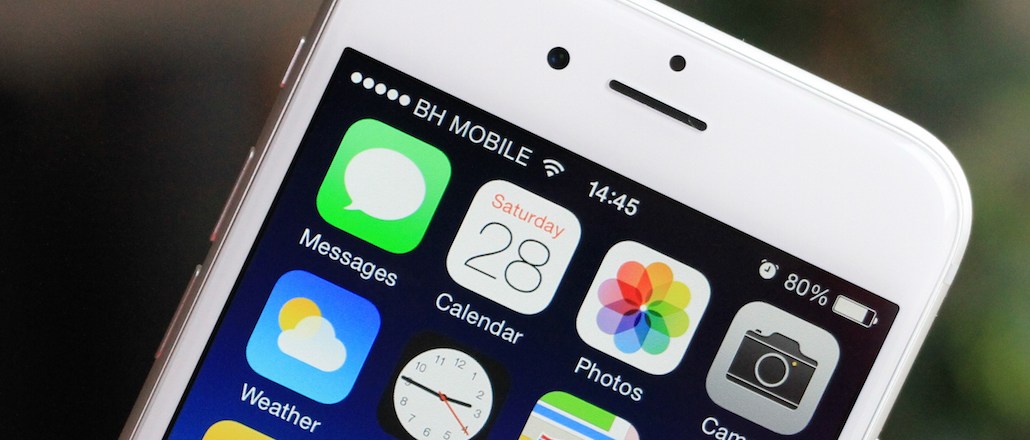Join us Dec. 1-3 in New Orleans for the Digiday Programmatic Marketing Summit
Publishers are finally getting the hang of mobile ads, close the gap with desktop

Publishers’ mobile efforts are starting to pay off with higher prices for their ads, according to new data from PubMatic. The report on quarterly ad rates suggests that mobile advertising is beginning to mature, and not just on platforms like Facebook, but on everyday apps and across the mobile Web.
PubMatic, the marketing software technology firm, said that rates were higher and growing faster on mobile devices compared to desktop last quarter. The company sees about a billion ad impressions a day, with inventory on apps like Spotify, TuneIn, NBC, eBay, and on mobile websites.
“The publishers are doing a better job improving their mobile Web designs and building responsive websites,” said Rajeev Goel, CEO of PubMatic. “We’re getting a version of the Web that is built to the expectation of mobile devices, and the ads and ad engagement are higher.”
PubMatic said that last quarter mobile CPMs, cost per thousand impressions, were 34 percent higher than on desktop. Also, mobile ad rates grew 12 percent year over year, compared to 10 percent on desktop.
Mobile advertising has been slow to catch up with consumers, who have already made the mobile transition. However, PubMatic’s report — and a recent one from eMarketer that showed mobile spending would outpace desktop in the U.S. this year — show that the market is coming along.
Of course, it’s being led by the likes of Facebook, which is setting the industry standard for mobile advertising, but publishers are taking some cues from the social network.
Jennifer Lum, co-founder of mobile ad platform Adelphic, said that ad rates on mobile are benefitting from better data on users.
“Advertisers and agencies are starting to embrace more broad usage of data,” Lum said. “Whether it’s location, behavioral data, or first-party [customer] data.”
The first-party data are the customer lists that brands bring to their ad buying to target individual users. The better the targeting, the more valuable the ad impression for the publishers.
Also, private marketplaces are helping push rates higher, according to PubMatic and other experts. The private markets are alternatives to the open bidding that happens elsewhere and allows publishers to control their inventory more closely.
“We are seeing pretty strong increases in demand for mobile private marketplaces,” Lum said.
PubMatic said the cost per thousand impressions are five to six times higher when sold through private marketplaces.
While the data and formats are getting better, the mobile arena still has a way to go to convince brands of its value, according to Warren Zenna, evp and managing director of Mobext, a mobile media planning firm.
“Clients don’t necessarily understand the role mobile plays in the life cycle of the consumer decision process,” Zenna said.
He said advertisers are stuck in a banner-based world, which doesn’t translate to mobile. However, advertisers are starting to come around to what’s needed on mobile screens, which is native, personalized content — it’s better to have one highly targeted ad versus 12 lower quality display ads that show up on desktop.
“The smart publishers are putting up only one ad and charging a lot for it,” Zenna said.
More in Media

Daily Mail says Google AI Overviews have killed click-throughs
Daily Mail’s clickthroughs drop 80–90% when Google AI Overviews appear, but traffic impact remains minimal due to strong direct traffic.

AP makes its archive AI-ready to tap the enterprise RAG boom
It’s a strategy that should secure its future as an information data repository for the AI era, and widen its customer base to include more enterprise clients by meeting their AI needs,

Inside Reuters’ agentic AI video experiment
Reuters is experimenting with using an AI agent to speed up its video production process, and hired its first AI TV producer.





